If you’re selling products online – whether that’s on social media, through a marketplace or your own store – get to know the basic behaviors of eCommerce safety: monitoring, updating and revising. Here are some strategies to help you stay safe as a seller and protect your customers. Invest in a Secure Web Environment
The platform you use will have a big impact on your web security; make sure you go for a sophisticated one with a proven security track record. Once you decide on a solution, don’t just settle for its default security settings — customize it with plugins, packages and/or tools that enhance your security wherever possible.
Put up Firewalls and Security Layers
Short of buying more bandwidth, firewalls are your best bet when it comes to preventing denial of service or distributed denial of service attacks (DDoS: where hackers attempt to flood your system and crash your site). Penetration testing can help unearth any issues.
Update Frequently
Staying on top of web updates is key — they will keep your store safe and functioning correctly. Update your SSL certificates — they expire and need regular updating.
Get Clued up on Payment Security
Storing people’s credit card and payment details is one of your most important jobs as an online merchant. Use adequate encryption and SSL certificates. Always verify card and address details to reduce the risk of fraudulent transactions. Geo-targeting can also help eliminate these transactions.
Manage your data safely
Storing customer data is a big responsibility — don’t take it lightly and don’t mess with the trust they have placed in you. Purge customer data frequently and don’t store any more data than you have to. Consider integrating with mobile payments for customer convenience and improved security.
Backups, Backups, Backups!
Backups will save your life if something goes wrong — so make sure that you test them regularly (and that they actually work). You need to test your backup system and ensure that you can actually restore your site and data from it.
Source: Patrick Foster
